10 next-gen tech trends you should know about
From C-RAN through WiGig to graphene breakthroughs
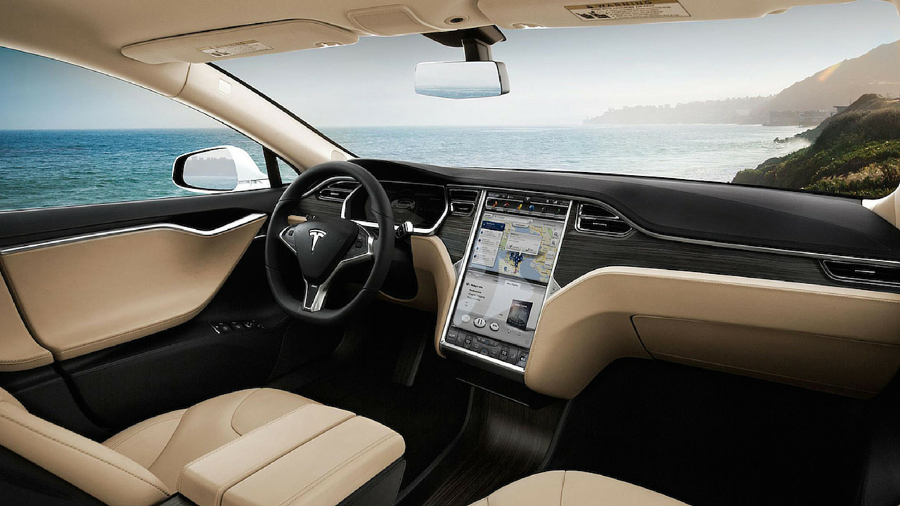
Introduction
Do you know your C-RAN from your SON, your WiGig from your Bluetooth Low Energy and your MirrorLink from your machine learning? If you don't, then you soon will after you've finished browsing through this slideshow.
So dive in and educate yourself concerning ten tech trends that get little attention, but are already having a big impact.
- Also check out: 5 trends set to shape computing in 2015
Device-to-device communications (D2D)
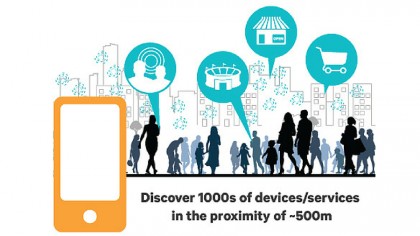
Smartphones are about to become nodes in the network. Often called D2D or 'proximity services', device-to-device communications is self-explanatory – and completely revolutionary. In a way it's odd that the walkie talkie was replaced by cell phones that can't communicate directly with one another, but the regression race is on.
D2D is designed to take the strain from cellular networks by kicking in when technically possible – send an email, a photo or a video to your pal nearby and that data will go via Bluetooth Low Energy (a tech we'll cover later on) or Wi-Fi Direct, and not via a cellular tower.
Qualcomm's LTE Direct tech even allows smartphones to talk to each other at a distance of 500m. The endgame? No more cell towers.
Machine Learning
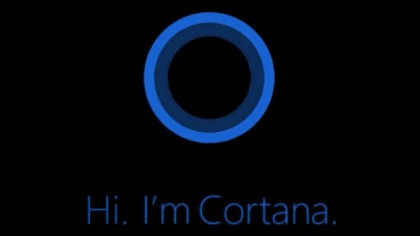
It's pattern recognition, it's statistical learning, it's predicting the future, it's artificial intelligence, and it's hot stuff in modern computer science. Although it gets complicated, a simple definition of machine learning is when computers take the initiative with no input from humans. Well not much – the algorithms that inform the computer's choices must first be dreamed up by data scientists since computers have no generalised analytical ability whatsoever.
Machine learning is used by Siri, Cortana and Echo, by email spam filters, search engines, face recognition, speech recognition, and all kinds of recommendation software. Its next home? The smart car, with machine learning tools for the layman after that.
Sign up to the TechRadar Pro newsletter to get all the top news, opinion, features and guidance your business needs to succeed!
C-RAN
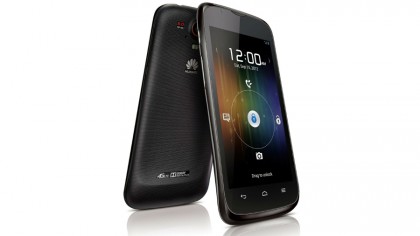
Often called Centralised-RAN or Cloud-RAN, this technology from the China Mobile Research Institute is the cloud and the cellular network getting married.
The Cloud Radio Access Network (C-RAN) – the next big thing after LTE – is a new architecture that streamlines cellular networks. An easy way for mobile operators to grow both capacity and the speed of wireless networks is by making each cell in a cell phone network virtual. The cell towers and infrastructure may remain, but by using C-RAN some components are centralised in the cloud, and shared between cells. C-RAN depends on wired links for faster data transfer.
It supports 2G, 3G, 4G, and can easily integrate with the cellular and wireless standards of the future, too.
Bluetooth 4.2

Bluetooth Low Energy is changing the Internet of Things. This latest version of the short-wavelength UHF radio wave protocol that has been part of our digital lives since the dawn of this century is set to make the IoT a practical reality.
The biggest recent change is that IoT devices can now talk to each other over Bluetooth without using a phone or computer as a conduit. The very latest 4.2 specification, debuting on devices now, is pushing the IoT to new heights. The first change is that beacons can only talk to a phone if the user has given permission, the data capacity has increased 10-fold, and the data transfer speed has risen by as much as 250%. Bluetooth 4.2 devices can also get on the web directly over IPv6.
LTE-Advanced
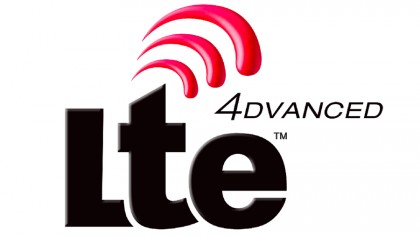
Mobile broadband knows no bounds. The high-speed data standard for smartphones is LTE-Advanced, otherwise known as 4G+ or LTE+, and it's all about increasing speeds. LTE-Advanced services have already been launched in 45 countries, with most supporting Category 6 devices that can handle above 150Mbps and up to 300Mbps.
"83% of LTE-Advanced networks support Category 6 and the majority support the top rate of 300Mbps," said Alan Hadden, VP of Research at industry body the Global mobile Suppliers Association (GSA) in July 2015. Several operators are trialling LTE-Advanced technology capable of supporting up to 450Mbps. 4K video streaming and uploads, here we come.
Most new and upcoming handsets from the likes of Apple, Samsung, LG, Huawei, Sony, ZTE, HTC and Motorola can handle LTE-Advanced.
WiGig
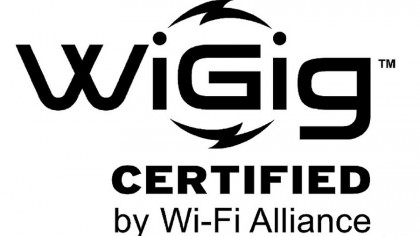
Are you ready for Gigabit Wi-Fi? High-speed wireless data transfer is what WiGig promises, which may not sound very exciting until you realise the speeds involved. WiGig – also known as 802.11ad – can push files, photos and music 10 times faster than a regular wireless network using Wi-Fi, and can ramp up as fast as 7Gbps.
Forget about changing your router; WiGig is all tied up with the D2D movement we've already mentioned. Created by Intel but now under the umbrella of the Wi-Fi Alliance, WiGig is perfectly suited to a future where all smartphone users are filming in Full HD video, and soon in 4K. Instead of clogging up the internet, the theory goes that WiGig will be the fastest way to transfer such files between devices.
WeGig is increasingly being used in conjunction with 5G cellular networks, too, with Intel recently collaborating with SK Telecom in South Korea. Expect a seamless experience when transferring a big file; you send it as normal from your phone to another, which intelligently swaps from cellular to WiGig to complete the transfer. Expect a series of experiments, trials, beta tests… and a raft of new business models – though WiGig's time may not come until 5G networks appear.
Battery technology for portable devices
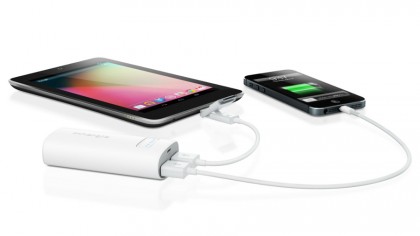
Batteries are delaying the revolution. Almost everything we use these days is powered by a rechargeable lithium-ion battery – but every time you recharge your phone before you go to sleep at night is a reminder of the complete lack of progress being made by chemists in the back rooms of consumer electronics companies. So numerous are the devices that need rechargeable batteries that any future solution needs to be very cheap, but there are breakthroughs on the horizon.
Graphene-coated silicon has been mooted as a way of doubling the charge of a battery, while others have been working on aluminium-ion batteries and even on using sand. Improvements to battery life may prove incremental, but there's no doubt that research in this critical area is now booming.
Graphene
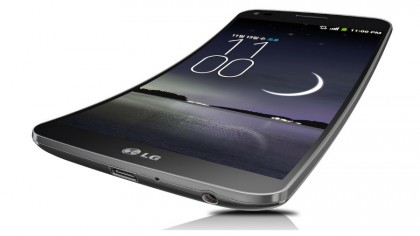
It's super-thin, super-strong and super-flexible, and it conducts electricity better than copper, and heat better than anything. It's been called the miracle material of the twenty-first century, but graphene really could be about to shake electronics to the core. Mass production and the 'band-gap problem' remain, but now graphene can be printed in ink form there's a growing expectation that it will, one day, utterly change computing.
Expect broadband internet that's a hundred times faster, flexible phones (like LG's G Flex, pictured), powerful RFID tags and wireless sensors, super-efficient high-speed computing that makes Moore's Law look like laziness, and a rash of new wearables. It's all one (or maybe two) technical breakthroughs away.
The self-organising network (SON)
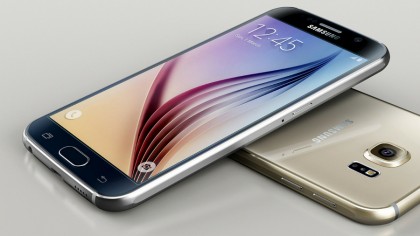
Cellular networks are in an automation boom. One of the biggest wireless trends of all is the self-organising network (SON), which essentially takes the human out of the day-to-day tasks of running an ever more complex network.
There are various flavours of architecture, from distributed SON (D-SON) to centralised SON (C-SON) and hybrid SON. All have primarily been created to help run 4G networks, the greater bandwidth of which means ever increasing complexity and performance needs. However, at its core SON is about saving costs for network operators by eliminating the need for manual configuration of equipment and troubleshooting by people.
In-vehicle smartphone standards
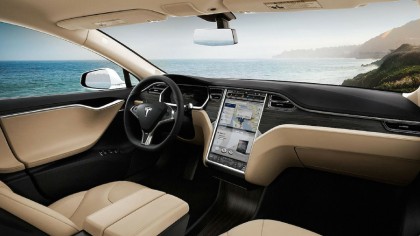
So far the connected car as a coherent concept has been a mess, with most car manufacturers keen to push their own platforms for apps and integration with devices. However, the smartphone-car interface is beginning to coalesce around three operating systems that let smartphones and tablets talk to in-car infotainment systems: Android Auto, Apple CarPlay and Broadcom's MirrorLink.
With most upcoming connected cars compatible with one or all of these systems, expect industry chat to become more about processing speeds, the use of capacitive touchscreens, and the functionality of apps rather than which platform is supported.
Jamie is a freelance tech, travel and space journalist based in the UK. He’s been writing regularly for Techradar since it was launched in 2008 and also writes regularly for Forbes, The Telegraph, the South China Morning Post, Sky & Telescope and the Sky At Night magazine as well as other Future titles T3, Digital Camera World, All About Space and Space.com. He also edits two of his own websites, TravGear.com and WhenIsTheNextEclipse.com that reflect his obsession with travel gear and solar eclipse travel. He is the author of A Stargazing Program For Beginners (Springer, 2015),
